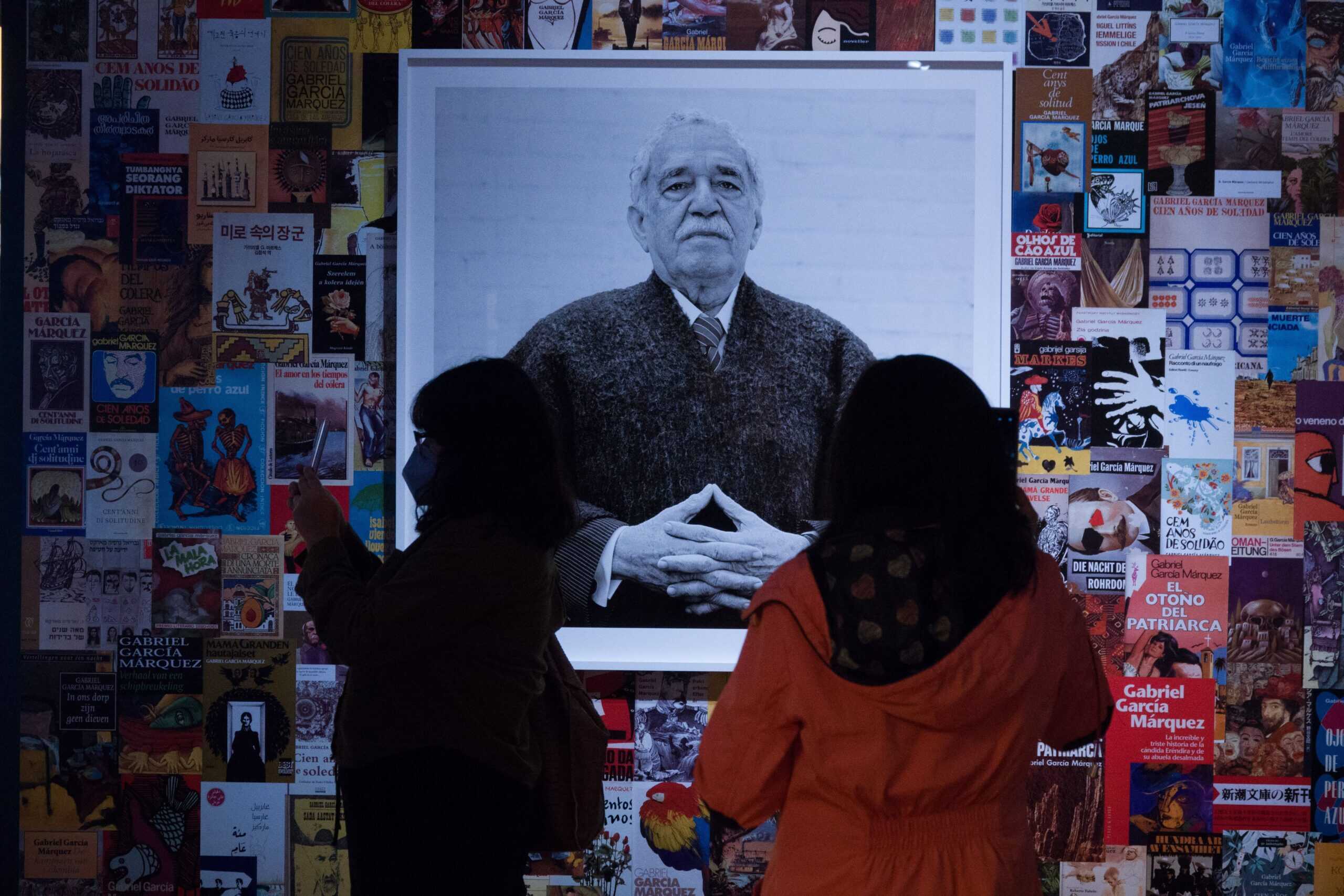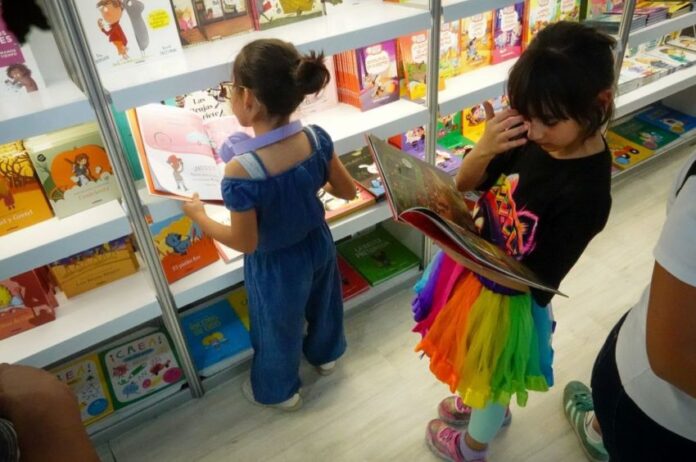Mexico’s Fondo de Cultura Económica, or Fund for Economic Culture (FCE), plans to launch a Latin American-wide initiative called “25 for 25,” which will provide 2.5 million books for youths and adults across the region, the organization’s director, Paco Ignacio Taibo, announced on Friday.
The FCE publishing group has produced 98 low-cost titles, totaling 3.1 million copies, priced between 9 and 20 pesos (US 46 cents to $1), or around the value of half a sandwich, to make reading more accessible to Mexicans, Taibo said during President Claudia Sheinbaum’s daily press conference.

“The book is the great vehicle, the transporter of information,” Taibo said. “From 2019 to the present, 21 million books have been produced and 24 million sold” by the FCE.
Taibo said the “25 for 25” collection, which includes 25 book titles, will launch simultaneously by the end of the year across Argentina, Colombia, Cuba, Venezuela, Chile, Paraguay, Honduras, Guatemala and Mexico.
The collection features a wide variety of Latin American literature, including works by Colombian Gabriel García Márquez; Uruguayan writers Mario Benedetti and Eduardo Galeano; the Mexican author Adela Fernández; and poet Piedad Bonnett.
The new project is supported by Cuba’s Casa de las Américas, one of Latin America’s most influential cultural institutions.
The Mexican government and FCE aim to remove the stigma of books as elitist or inaccessible and encourage adolescents to read for pleasure.
The launch of this initiative comes as Mexico and other Latin American countries have scored low on international literacy tests.
In Mexico, one in three third-grade students struggles with reading comprehension. On the PISA (Programme for International Student Assessment) exam, Mexican students ranked 49th internationally in reading, scoring 415 points — well below the OECD average of 487. This places Mexico among the lowest-performing countries globally, with one-third of students at the lowest proficiency levels.
On the same PISA test, many Latin American countries scored even lower than Mexico. Colombia ranked 54, Peru 55, Argentina 58, Guatemala 66 and Paraguay 68. Only Chile did better, in 37th place.
De 2019 a la fecha, el @FCEMexico ha producido 21 millones de libros 📚 informa @Taibo2 en la #MañaneraDelPueblo con la presidenta @Claudiashein en Palacio Nacional. pic.twitter.com/VpgrUrILJV
— Zona Zero News (@ZonaZeroNews) May 2, 2025
“Books enable critical thinking, create role models of how to live and what to live for, destroy damaged neurons, are the great builders of active thought and the destroyers of racism and machismo,” Taibo said.
While creating the collection with retail prices from 11 to 20 pesos was complicated, FCE’s initiative has been highly successful.
“We discovered that the price of books was a fundamental obstacle to promoting reading, that teenagers, who were struggling to find the money to buy the book they wanted, were unable to afford it,” Taibo explained.
“We managed to lower prices with new printing tools, new distribution networks, and reduced production costs,” he said.
FCE plans to participate in 100 book fairs in Mexico and 103 abroad. It also aims to use other media, including mobile applications and digital tools, to make reading more accessible.
The organization already has an information network, with five television programs and five radio programs available on public media.
“Perhaps the biggest step has been promoting reading in the reading rooms,” Taibo said of FCE’s progress to date. “We started with 3,000 rooms, and now we have 21,118 registered citizen reading rooms in the country.”
The new initiative is expected to be one of the largest publishing efforts to promote reading in Latin America in recent years.
With reports from Imagen de Veracruz and Infobae
